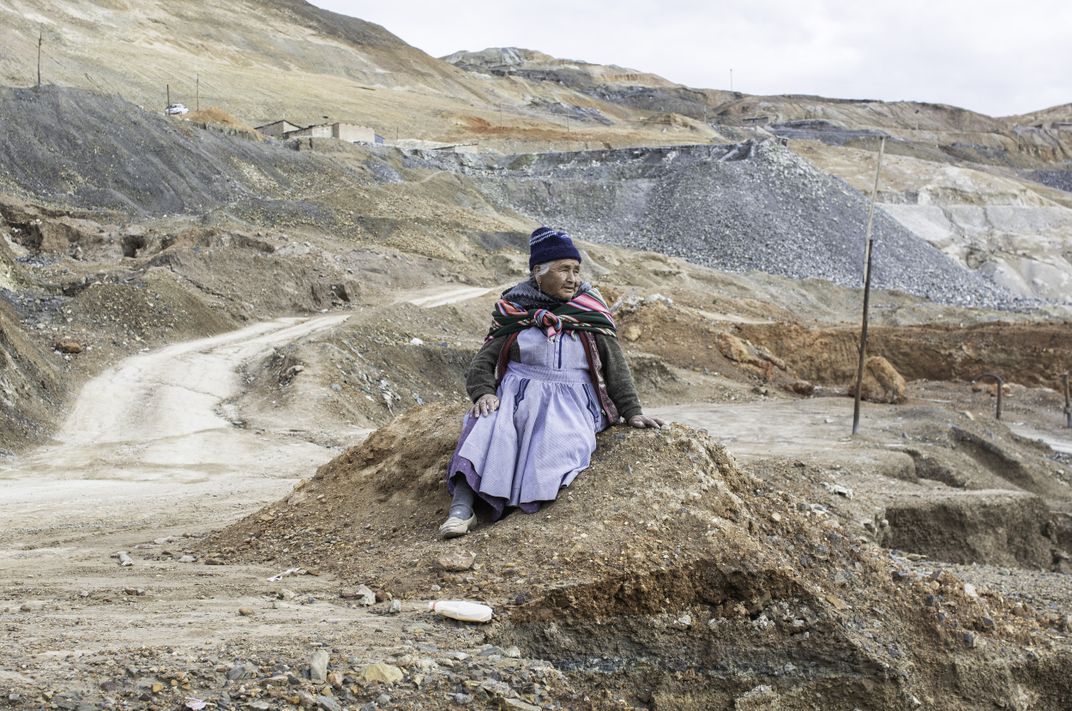“Cerro de Potosí”, also known as the “Cerro Rico de Potosí”, and in the Quechua language as Sumaj Orck'o ("beautiful hill"); named Sumaj Orck'o before its plunder and subsequent exploitation by the Spanish Empire, which began 475 years ago; with more than 4000 meters high and bordered by miles of tunnels of the inexhaustible mines of Potosí, which contributed to the Spanish Empire and all of Europe during the time of the conquest of America, more silver than any other place in the world, at the cost of the forced labor of indigenous slaves and countless corpses throughout the centuries. The city of Potosí still lives in the shadow of Cerro Rico. The exploitation of the mines continues to be the base of the local economy and, two centuries after being an independent country, Bolivia has failed to put an expiration date on the galleries where many workers, including children, continue to lose their lives.
| Date Taken: | 01.2020 |
| Date Uploaded: | 11.2020 |
| Photo Location: | Potosi, Bolivia |
| Camera: | NIKON D7100 |
| Copyright: | © Javier Clemente Martinez |

